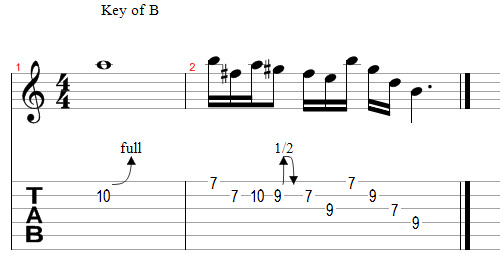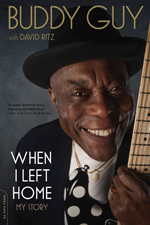Our Kagan & Gaines Music Co. ensemble played for an enthusiastic group of some 50 elders at Roosevelt Towers on Friday, 24 May 2013. We played through our entire set of fourteen R&B and blues songs: “It’s All Right,” “My Girl,” “Rainy Night in Georgia,” “Feel So Bad (Ballgame on a Rainy Day),” “Black Magic Woman,” “Hoochie Coochie Man,” “(Sittin’ On) The Dock of the Bay,” “The Thrill is Gone,” “People Get Ready,” “Ain’t No Sunshine,” “Baby What You Want Me to Do / Bright Lights Big City,” “Come Together,” “So In Love With You,” “It’s a Man’s Man’s Man’s World.” Our set lasted just over an hour, the longest we’ve ever performed.
Mickey Johnson, Mike Estelle, Billy Smith shared vocals in various combinations. Our teacher and leader Jim Goelitz, Alex Scaramuzza and I played guitar, Lawrence Brown played bass, and Justin Young played drums. It was disappointing that our keyboard player, Vera Beilinson, didn’t join us. Jesse set up the sound system before hand and made sure we sounded our best.
The audience had a good time and enjoyed our playing. Mickey went all out on his James Brown rendition for “It’s a Man’s Man’s Man’s World.” As at our church gig earlier this year, it was a perfect way to finish the set.
Practicing and playing music–both alone and in a group–offer many pleasures and satisfactions, but there’s nothing like performing–and playing well–for a receptive and enthusiastic audience. I think everyone in the group enjoyed it as much as the listeners. I appreciate Mickey Johnson’s arranging for our gig. I would love to do this more often.

